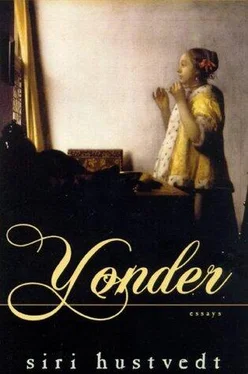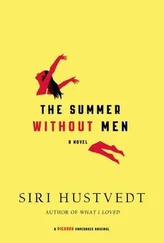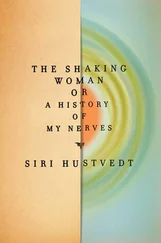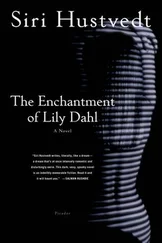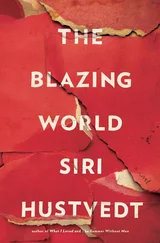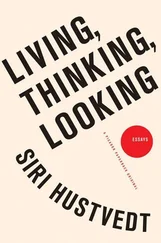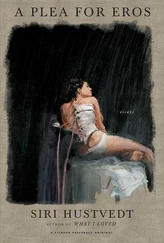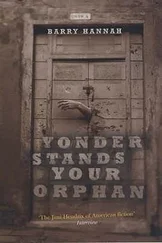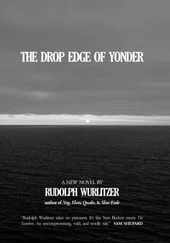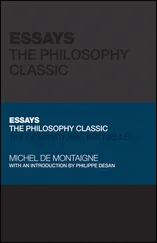This dilemma begins with the book’s title, which is itself a nod to between-ness, an evasion of a proper name that would refer directly to the book’s hero. This is not Oliver Twist or David Copperfield, in which the title introduces the hero. The title implies a relationship between or among people, points to a person defined through his connection with others. John Harmon is “our mutual friend,” but you have to read the book to know that. Dickens’s middle names were John Huffam, a fact that illuminates the author’s stake in the book’s mystery. He has buried his own middle names in his hero, whose pseudonymous adventure ends in rediscovering the name Harmon. To put it another way, even before you open the book to read it, you encounter a reference that is fundamentally obscure, because it points to nobody as of yet. Once inside the book, you find yourself confronted with more obscurity — the dim twilight, an incoherent form, dark water, dust flying through the streets — and before long you are swept up into a wilderness of unknowing at every level. Perhaps the problem of the novel is articulated best by one of its minor characters, Jenny Wren: “Misty, misty, misty. Can’t make it out…”
The way into this foggy world is through metaphor. In Dickens, metaphor is the mode of perception. His books are veritable jungles of tropes, figures that became more and more unbridled as his abilities as a writer grew, and the careful reader must begin to unravel this dense metaphorical structure. It isn’t easy. The entanglement of one trope with another is like a fast-growing vine that keeps sending shoots here and there, until separating its climbers becomes an awesome job. In Our Mutual Friend, tropes rarely appear as isolated moments of comparison that briefly yield new meaning. Instead, they linger and mark the narrative permanently, so that after a metaphorical event, the new meaning is adopted as if it were literal — the “vehicle” is changed forever. For example, early in the novel a servant in the Veneering household is compared to an “Analytical Chemist.” From that moment on, he is simply “Analytical.” The figure remains as a proper name, and the original simile is digested by the text. A roasted haunch of mutton served at a dinner party is compared to a vapor bath and the guests to bathers:
And now the haunch of mutton vapour-bath, having received a gamey infusion, and a last few touches of sweets and coffee, was quite ready and the bathers came.… Bald bathers folded their arms and talked to Mr. Podsnap.… sleek whiskered bathers … lunged at Mrs. Podsnap and retreated; prowling bathers went about looking into ornamental boxes and bowls.… bathers of the gentler sex sat silently comparing ivory shoulders.
By the time the reader has reached the naked shoulders, the bath has been superseded by the bathers themselves. Early in the book, Mrs. Podsnap is compared to a rocking horse: “Quantity of bone, neck and nostrils like a rocking horse.” Over a hundred pages later, she is seen in the act of “rocking.” Metaphor is metamorphosis, and the changes are so swift that everywhere you look, people and things are shuddering as if the world won’t sit still to be named.
Dickens also creates movement between the animate and the inanimate. The inanimate often looks human, and people often look like objects. When Fascination Fledgeby tries to gain entrance to a house, the reader is told that “he pulled the house’s nose again and pulled and pulled … until a human nose appeared in the doorway.” The metaphorical nose is followed by a literal nose, and the comic tension it creates undermines the status of both, making the “real” nose appear alien and disembodied, as if it were floating alone in the dark space of the doorway. The two “noses” are confused through similarity and proximity in a form of contagious magic — the stuff of animism. But Dickens’s animism isn’t truly magical. His nose doesn’t disguise itself and run around St. Petersburg assuming dangerous social pretentions, as Gogol’s does. It just hangs there. What does happen is that the seemingly stable boundaries between the man and the door are confounded. The ordinary world of houses and doors and door knockers and human bodies is not fixed. The lines of perception float.
Living in this world means instability, means being part of a shuddering dance of words that refuses easy definition. By tracing a single minor character, we can begin to understand how literal and metaphorical meanings play themselves out in the book and enfeeble conventional boundaries. From the descriptions of Silas Wegg, the reader is led through a maze of connections that find their way to the heart of the book’s obsession with the body and its abstract associate: the self. Wegg, a shady street vendor, is often called just “the wooden gentleman.” One of many characters in Dickens who has lost a limb, Wegg “seems to have taken to his wooden leg naturally.” Silas suffers from what might be called creeping wood syndrome: the material of a dead limb is encroaching on his entire body, but this syndrome isn’t limited to Wegg. He exists within a lavishly developed network of wood metaphors that splinter in all directions. Wood links him to the city in general, which the narrator calls a great “sawpit,” blinding and choking its citizens, to “sawdust”—which links him to all dust — the overwhelming real and metaphorical presence in the novel. Dust mounds loom on the horizon — shapeless hills of valuable waste. Boffin, the “Golden Dustman,” digs through dust mounds for objects not yet reduced to unintelligible particles. Silas Wegg seems to attract waste. The corner where he sells his wares is both chaotic and dirty: “… shelterless fragments of straw and paper got up revolving there, when the main street was peace; and the water cart as if it were drunk or short-sighted came blundering and jolting around it, making it muddy when all else was clean.” Boffin’s dead master, Harmon Senior, miser and dust mogul, made an empire from dust. Dust is good business, and it turns a profit, but it is still garbage, a fact which links Wegg to urban pollution in general, as well as to the corruption of the city’s prominent “lords and gentlemen and honourable boards, ” who are accused of “dust shovelling” and “cinder raking” and producing a “mountain of pretentious failure.” The route from Wegg to leg to wood to sawpit to dust to pollution, to paper, money, and city government is surprisingly direct. And each link in this metaphorical chain produces more associations, equally rich and simultaneous, which find their way back to the human body and how to articulate it.
As it turns out, the wooden gentleman has stayed in touch with his amputated limb and goes calling on it. Walking through the door of Mr. Venus’s gloomy shop of bones, Wegg inquires:
‘And how have I been going on, this long time, Mr. Venus?’
‘Very bad,’ says Mr. Venus uncompromisingly.
‘What am I still at home?’ asks Wegg, with an air of surprise.
‘Always at home.’
The “I” here is the bone, and Wegg’s linguistic contortion is both hilarious and profound. To arrive at this “I,” he must in fact turn himself inside out and adopt the third person as the first, but the comedy is also logical. At what point does the part cease to be I? Where is the threshold between the “I” and the “not-I”? Mr. Venus, who registers no surprise at Wegg’s pronominal misuse, is an articulator of bones, a man who makes his living piecing together death waste. Therefore, it also comes as no surprise to the reader to discover that Mr. Venus has “dusty hair.”
The absurdity of Wegg’s wandering “I” returns when John Harmon tries to reconstruct the events that led up to his near death by drowning. This passage not only makes explicit the naming difficulty announced by Wegg but revives in new form the wood metaphors associated with Wegg, metaphors that have only an impoverished meaning when read in isolation. The comedy of Wegg’s amputation becomes the image of an axe felling a tree and annihilation of the self:
Читать дальше
